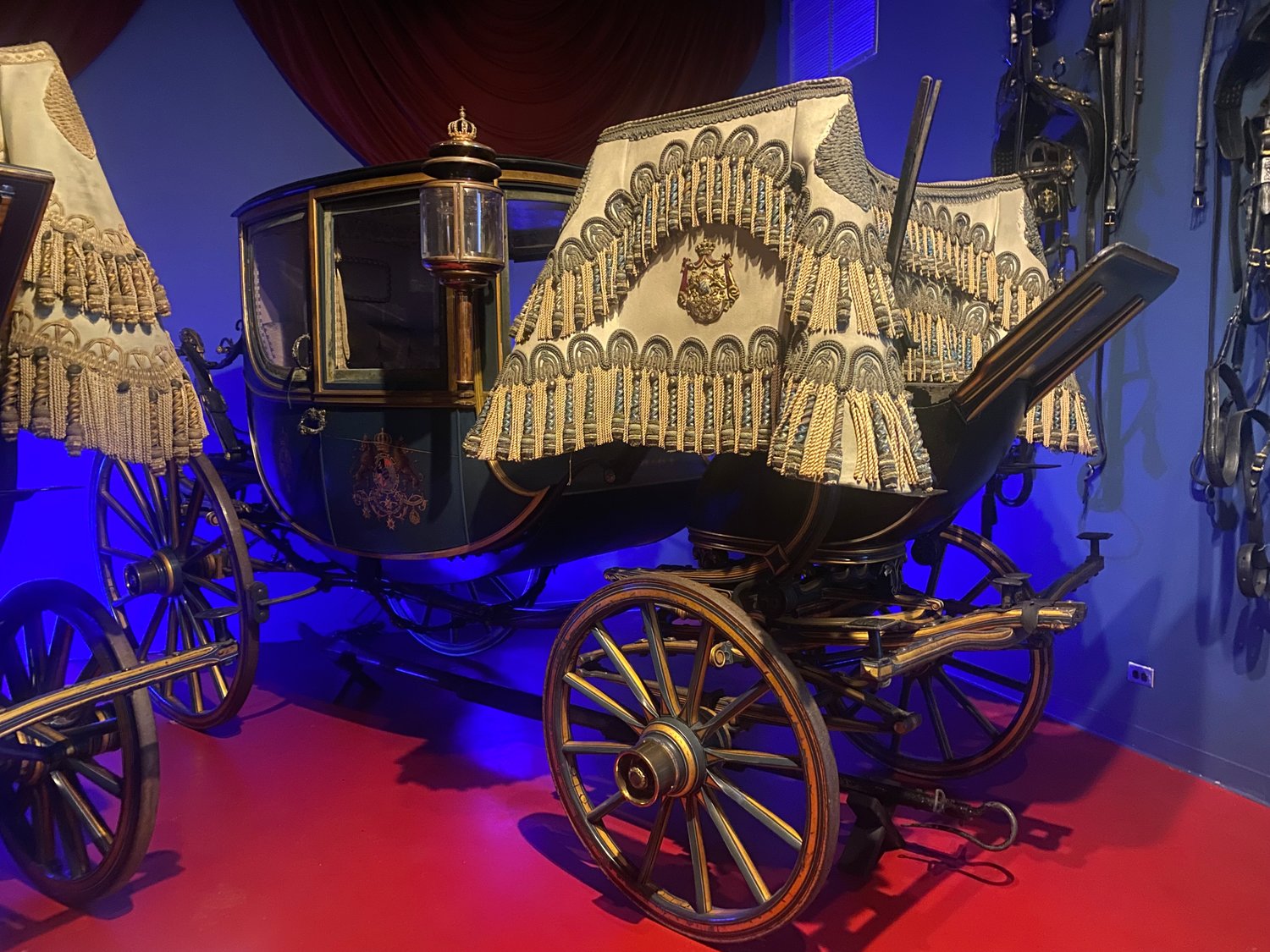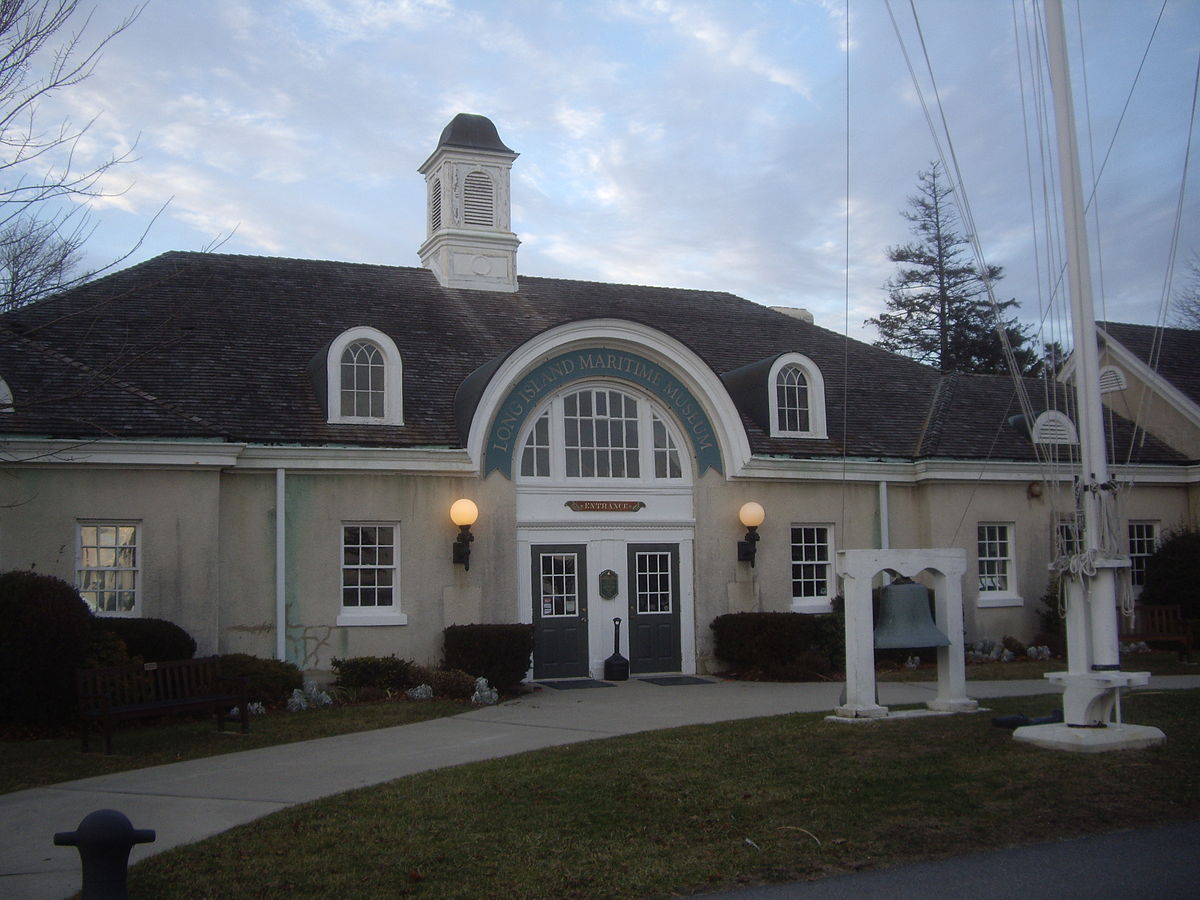Discover Art and Background at The Long Island Museum
Discover Art and Background at The Long Island Museum
Blog Article
Discover the Rich History of Long Island at This Exciting Museum
Immersing oneself in the historical tapestry of Long Island reveals a story that extends weaves and centuries together a diverse array of influences. From the Native American people that first lived in the region to the colonial inhabitants who formed its very early foundations, the layers of background at this captivating museum supply a look into a past age. As site visitors go across with exhibits detailing the Industrial Transformation's impact and Long Island's maritime tradition, a much deeper understanding of the region's development starts to arise. Remain tuned as we discover Long Island's modern age, shedding light on just how the previous remains to reverberate in the present.
Native American Impacts on Long Island
The Indigenous American impacts on Long Island have actually played a considerable duty in shaping the region's social heritage and historic growth. Lengthy before European inhabitants showed up, the land now referred to as Long Island was inhabited by various Native American tribes, including the Massapequas, Montauketts, and Shinnecocks. These tribes lived off the land, fishing in the plentiful waters surrounding the island and cultivating the fertile soil for agriculture.
The Native Americans on Long Island had a rich spiritual and social custom, obvious in their detailed art work, traditional dances, and dental narration. Their deep connection to the land is shown for lots of communities and spots on Long Island, which stemmed from the languages of these aboriginal individuals.

Colonial Heritage and Early Negotiations
With the arrival of European settlers, Long Island's landscape started to undergo considerable makeovers as colonial heritage and very early settlements took origin in the area. The Dutch were amongst the very first Europeans to develop a visibility on Long Island, with negotiations such as New Amsterdam (contemporary New York City) playing a vital role in the island's colonial background. Later, the English acquired control of the area, forming the social and architectural landscape through the establishment of towns and communities.
Among the most significant very early negotiations on Long Island was Southampton, established in 1640 by English Puritans seeking spiritual flexibility. This noted the beginning of organized European settlement on the island, leading the way for more expansion and advancement. With time, even more communities and villages emerged, each with its own unique character and contribution to Long Island's colonial heritage.
As these early settlements grew, they formed the foundation for the diverse areas that exist on Long Island today. The colonial heritage of the area proceeds to be commemorated and maintained, supplying visitors a glimpse into the past and a recognition for the abundant history that shaped Long Island into what it is today.
Industrial Revolution and Maritime History
During a period of extensive makeover and technical improvement, Long Island's commercial transformation intertwined with its maritime background, forming the area's financial landscape in extraordinary methods. The Industrial Transformation, which began in the late 18th century, brought significant adjustments to Long Island's economic climate. Industries such as shipbuilding, fishing, and whaling prospered along the island's coasts, taking advantage of its strategic area and plentiful natural resources. The building and construction of canals and railroads better improved Long Island's industrial development, assisting in the transportation of goods to markets throughout the country.
Long Island's closeness go right here to New York City also contributed to its economic prosperity, as items could easily be carried in between the 2 areas. Today, residues of Long Island's commercial and maritime past can be checked out at museums and historical websites, supplying a glimpse into the region's rich history.
Long Island in the Modern Age
Long Island's advancement in the modern era reflects a fusion of tradition and development, shaping its modern identification. As one of one of the most largely booming areas in the USA, Long Island has ended up being a hub for diverse industries, varying from technology and healthcare to finance and tourism (The Long Island Museum entrance fee). The island's closeness to New york city City has played a considerable function in its advancement, with numerous travelers selecting to reside in its suburban neighborhoods
In the last few years, Long Island has witnessed a rise in sustainable initiatives intended at maintaining its all-natural charm and combating climate adjustment. The preservation of its coastal areas, such as the Fire Island National Seashore, highlights the island's dedication to environmental conservation. In Addition, Long Island's cultural scene has actually grown, with art galleries, songs venues, and cinemas adding to its dynamic social landscape.
Additionally, the contemporary era has actually seen Long Island embrace variety and inclusion, with a growing populace of immigrants contributing to its abundant tapestry of cultures. Overall, Long Island remains to advance, stabilizing its rich background with modern development to form a dynamic and resilient area.
Approaching occasions and unique events
Mirroring Long Island's dynamic cultural landscape and commitment to technology, the gallery is presently organizing a collection of unique exhibitions and excitedly prepares for forthcoming occasions. Among the unique exhibitions currently on display is "Long Island Through the Ages," which traces the island's rich history from its early indigenous occupants to today day. This display showcases multimedia, files, and artifacts presentations that offer a detailed take a look at the diverse heritage of Long Island.
Along with the ongoing unique exhibitions, the museum is tailoring up for an amazing schedule of upcoming events. Site visitors can eagerly anticipate a lecture collection including popular historians and local specialists talking about various facets of Long Island's background. There will also be hands-on workshops where attendees can find out standard crafts and skills that have actually been passed down via generations on the island.
These special events and upcoming events not just improve the gallery experience yet additionally function as a testament to Long Island's vivid cultural tapestry and the gallery's commitment to preserving and sharing its heritage with the area. The Long Island Museum address.
Final Thought
Finally, the museum offers a comprehensive take a look at the rich background of Long Island, from Native American influences to early american heritage, industrial revolution, and contemporary era advancements. With unique exhibitions and upcoming occasions, visitors can dive deeper right into the varied cultural and historic facets of the region. Whether you're a history lover or merely curious regarding Long Island's past, this gallery provides an exciting experience for all.
Long prior to European inhabitants showed up, the land currently recognized as Long Island was occupied by numerous Native American people, consisting of the Massapequas, Montauketts, and Shinnecocks. The Dutch were among the very first Europeans to develop a presence on Long Island, with settlements such as New Amsterdam (contemporary New York City) playing a critical role in the island's colonial history. Today, residues of Long Island's marine and commercial past can be explored at museums and historical sites, using a peek right into the area's abundant background.

Please visit one of our local supporters - The Modern Medicare Agency Supplement Agent
Report this page